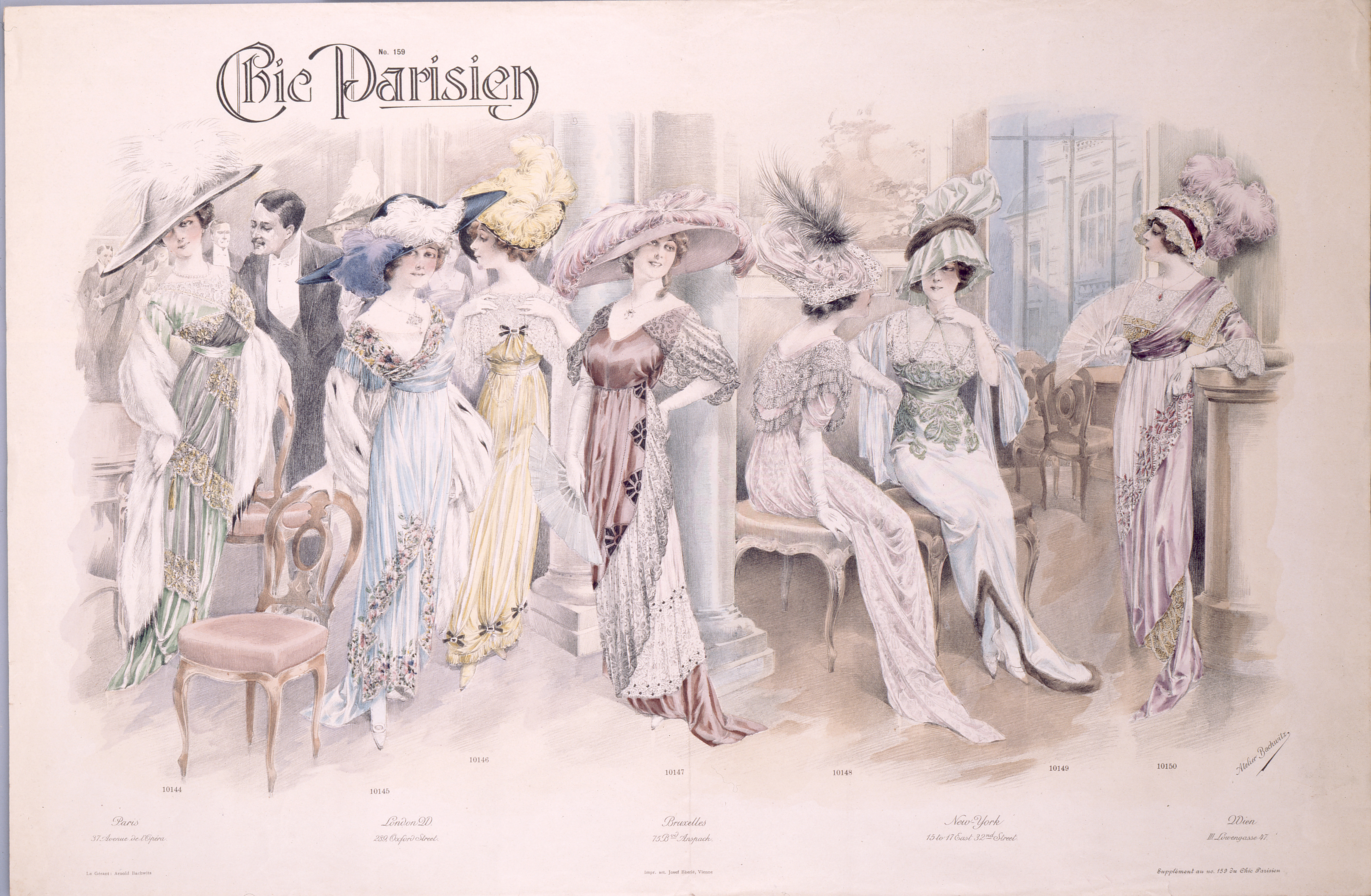The Pola Art Foundation is celebrating its 20th anniversary this year, and as part of this, the Pola Museum of Art has organized an ambitious exhibition that aims to present a cross-disciplinary view of art, product design and women's fashion of 19th- and early 20th-century France.
With two floors of vintage clothing, beautifully crafted cosmetic paraphernalia, archive illustrations and paintings by some of the big names of impressionism and post-impressionism, the exhibits are diverse in form and function. This combination of media works especially well when magazine pages or paintings depicting a particular type of dress are shown with actual items of clothing from the period in question. The exhibition opens, for example, with a delicate English cotton and silk afternoon dress, ringed with eggshell blue stripes, dating back to the 1860s. Displayed alongside is the 1865 painting "The Beach Near Trouville" by Eugene Boudin, which shows society belles dressed in a similar fashion.
Though the title of the show is "Modern Beauty: Art and Fashion in France," most of the sample dresses are in fact from England. However, with trends being carefully followed from across the channel throughout the Industrial Revolution, this is not a serious impediment to understanding the major shifts in style. In both countries the high-waisted neo-classical Empire-line dress gave way to corsetry, hooped skirts and crinoline around the 1820s. This was followed by a flattened front, achieved with tight lacing and corsetry, and the exaggerated posterior of the bustle, a contraption made of wire and/or padding that is iconic of the complex nature of Victorian-era sexuality.



















With your current subscription plan you can comment on stories. However, before writing your first comment, please create a display name in the Profile section of your subscriber account page.